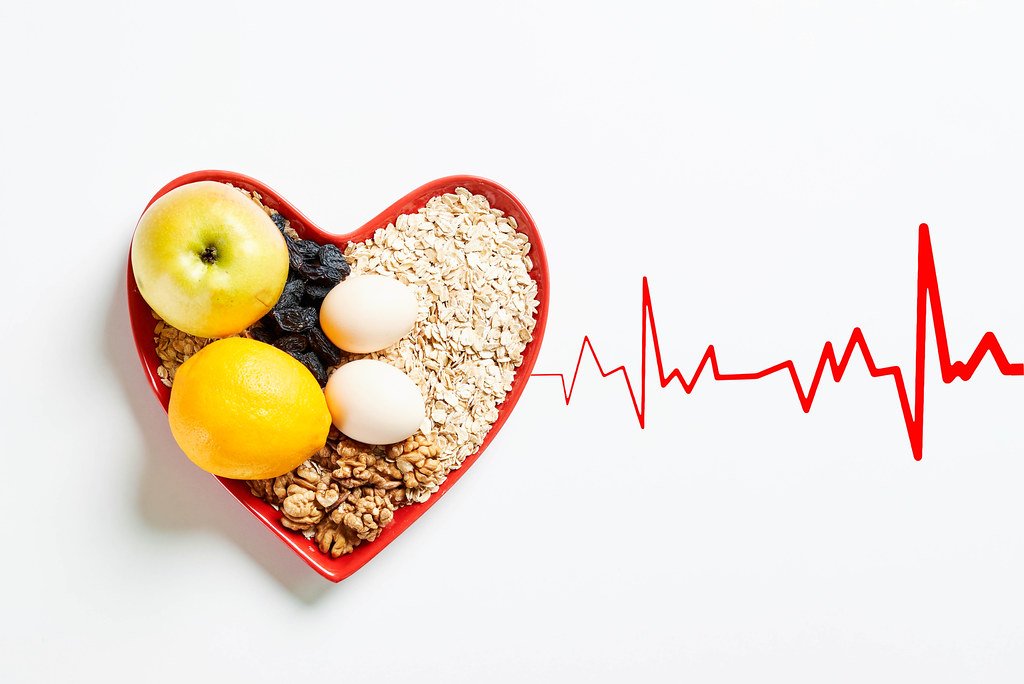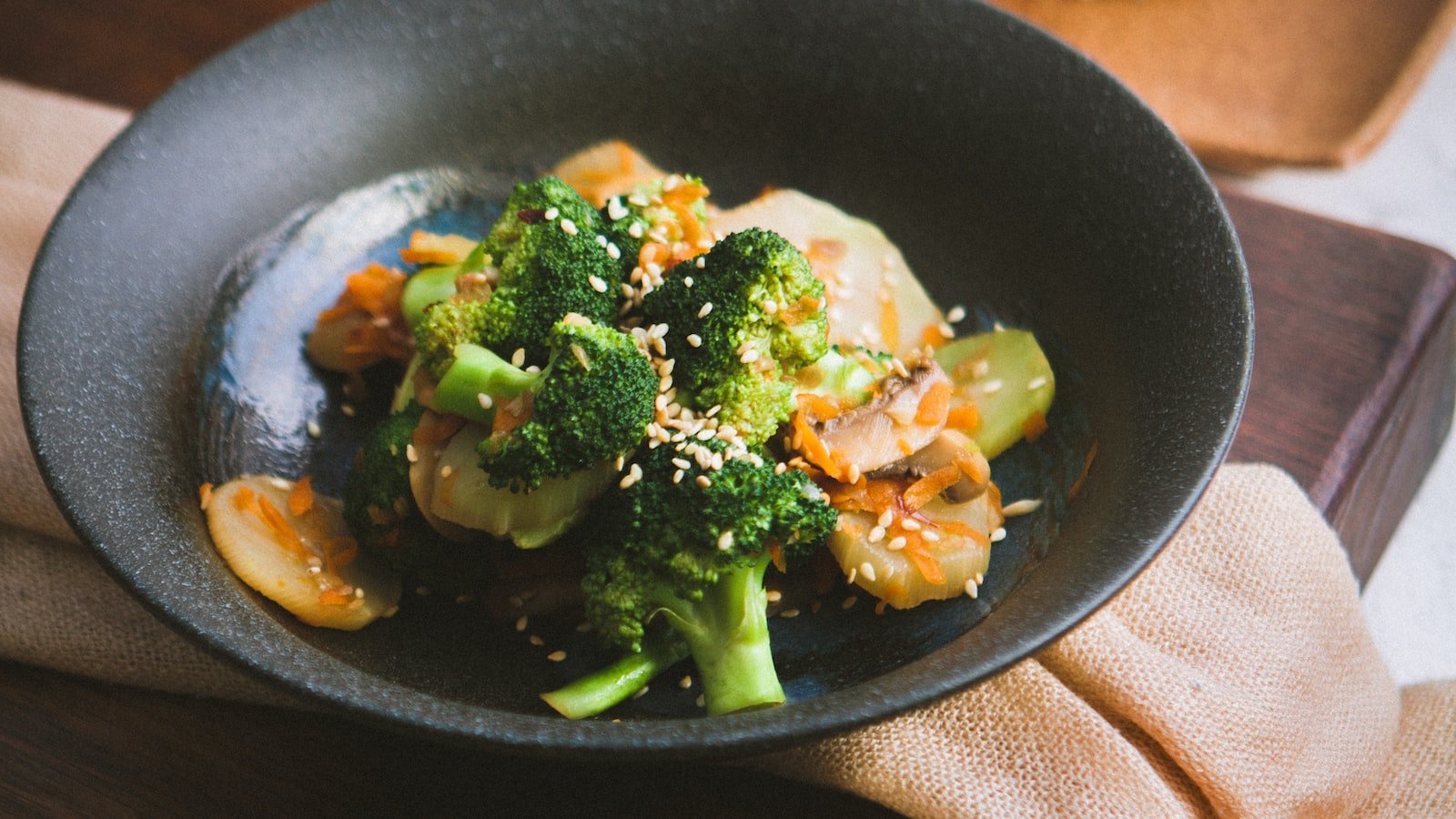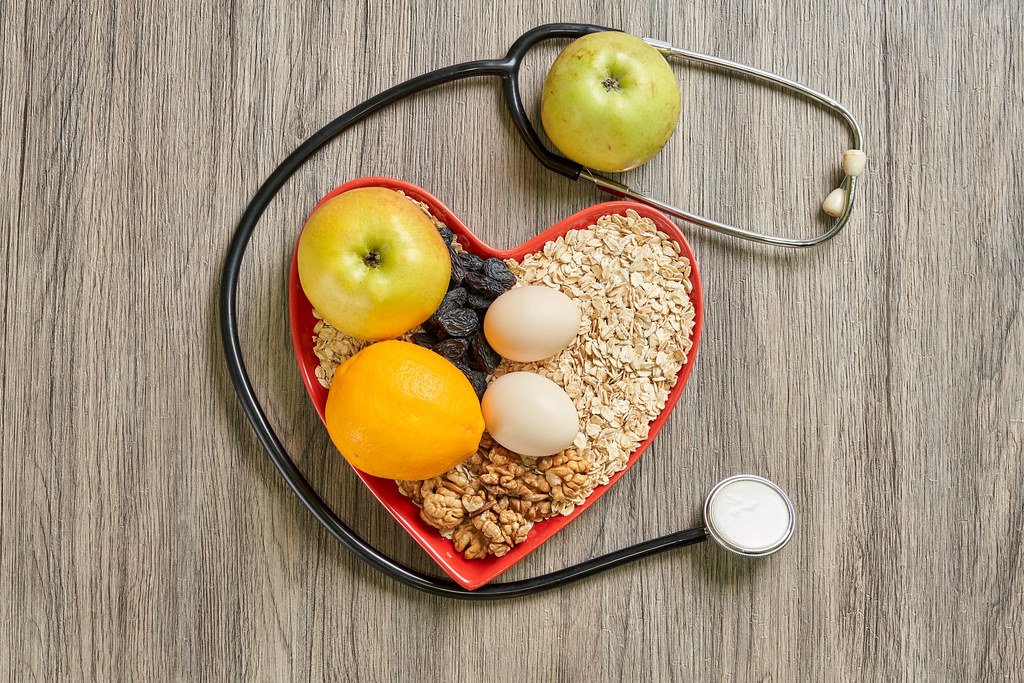Ladies and gentlemen, gather ’round and prepare to embark on a culinary journey that will ignite your taste buds and invigorate your heart! In a world brimming with temptations and indulgences, we often find ourselves torn between our desire for delectable delights and our longing for better health. Fear not, for nestled amidst countless food choices lies a treasure trove of nutritious options that can nourish our bodies and promote cardiovascular wellness. Today, we delve into the realm of heart-healthy eating, unveiling the splendid array of foods that serve as guardians of our precious hearts. So, open your minds and let us explore this magical realm, where the art of cooking meets the rhythm of your heartbeat and where flavor dances in perfect harmony with health. Welcome to the untold story of foods that possess the secret to unleashing the power of a vibrant cardiovascular system.
Essential Nutrients for a Strong Heart: The Building Blocks of Cardiovascular Health
1. Omega-3 Fatty Acids: These powerhouse nutrients are renowned for their ability to support heart health. Found in fatty fish like salmon, sardines, and mackerel, omega-3 fatty acids are known to lower triglyceride levels, reduce inflammation, and decrease the risk of heart disease.
2. Antioxidants: In the battle against oxidative stress, antioxidants serve as the ultimate protectors for your heart. Adding a vibrant array of antioxidant-rich foods to your diet, such as berries, dark chocolate, and green tea, can help shield your cardiovascular system from free radicals and keep it strong.
3. Fiber: Don’t underestimate the power of fiber when it comes to maintaining heart health. Foods high in soluble fiber, such as oats, legumes, and fruits like apples and oranges, can help lower cholesterol levels, regulate blood sugar, and promote a healthy weight, all of which contribute to a strong and resilient heart.
4. Potassium: Often overlooked, potassium plays a crucial role in maintaining a healthy heart rhythm and balancing sodium levels in the body. Bananas, avocados, spinach, and potatoes are excellent sources of potassium, ensuring that your ticker stays in top-notch condition.
By incorporating these essential nutrients into your daily meals, you lay a solid foundation for a strong heart and long-lasting cardiovascular health. Remember, a healthy heart is the cornerstone of overall well-being, so give it the love and nourishment it deserves!

Unveiling the Power of Fiber: Why a High-Fiber Diet is Good for Your Heart
Eating a balanced diet is key to maintaining a healthy heart, and among its vital components, fiber stands out as a true heart hero. Nature’s gift to our well-being, fiber is much more than just roughage. Let’s delve into the remarkable benefits of incorporating a high-fiber diet into your lifestyle and witness the magic it can work for your cardiovascular health.
The Cardiovascular Superpowers of Fiber:
- Cholesterol Champion: Fiber has the incredible ability to lower bad cholesterol levels in the body. By binding to cholesterol particles, it prevents their absorption, effectively reducing the risk of heart disease and stroke.
- Blood Pressure Balancer: High blood pressure is a silent menace that weakens the heart over time. Thanks to fiber’s magical properties, it helps regulate blood pressure by relaxing and widening blood vessels, allowing blood to flow more freely.
- Inflammation Fighter: Chronic inflammation can wreak havoc on your cardiovascular system. Yet, fiber comes to the rescue once again, actively reducing inflammation markers in the body and shielding your heart from harm.
Unleashing the Fiber Force:
Adding fiber-rich foods to your daily diet is simpler than you might think. Here are a few delicious and heart-healthy options to consider:
- Start your day with a warm bowl of oatmeal topped with fresh berries and a sprinkle of flaxseed.
- Incorporate whole grains like quinoa, brown rice, and whole wheat bread into your meals.
- Snack on crunchy almonds, walnuts, or pistachios for a heart-boosting nutrient punch.
- Don’t forget your veggies! Broccoli, Brussels sprouts, and carrots are excellent sources of fiber.

Navigating Fats: The Good, the Bad, and the Heart-Friendly
When it comes to fats, it’s easy to get lost in a sea of confusing information. But fear not, we’re here to guide you through the labyrinth of fats and help you make heart-friendly choices!
The Good: Monounsaturated and polyunsaturated fats belong to this category. These healthy fats can actually improve your cholesterol levels and reduce your risk of heart disease. Olive oil, avocados, and nuts are all excellent sources of monounsaturated fats, while fatty fish like salmon and trout are high in omega-3 fatty acids, a type of polyunsaturated fat that is incredibly beneficial for heart health.
The Bad: Saturated fats and trans fats fall under this category, and consuming them in excess can lead to negative health effects. Foods high in these fats, such as red meat, butter, and full-fat dairy products, can raise your LDL cholesterol levels, increasing the risk of heart disease. Keep in mind that not all saturated fats are created equal — coconut oil, for example, has gained popularity in recent years, but it’s still wise to consume it in moderation due to its high saturated fat content.
Heart-Friendly Choices: If you’re aiming for a heart-healthy diet, focus on replacing bad fats with good fats. Opt for cooking with olive oil instead of butter, and reach for a handful of nuts or seeds for a nourishing snack. Choose lean sources of protein like poultry and fish over fatty cuts of meat, and consider incorporating more plant-based sources of fats, such as chia seeds and flaxseeds, into your meals. Remember, balance is key, so enjoy the good fats in moderation while avoiding the unhealthy ones for optimal heart health.

Mighty Antioxidants: Fueling Your Heart with the Power of Colorful Foods
Our hearts, the very essence of vitality and life, beat with the rhythmic energy that keeps us alive. To fuel these incredible organs, we often turn to medication and exercise, neglecting the remarkable power of nutrition. But here’s a secret: the key to a healthy heart lies in the vibrant hues of the foods we eat.
Enter antioxidants – the unsung heroes of the food world. These powerful compounds safeguard our hearts from the onslaught of harmful free radicals, boosting our cardiovascular health and overall well-being. Nature has blessed us with a stunning array of colorful fruits and vegetables, each with its own unique blend of antioxidants ready to wield their protective might. By incorporating a rainbow of foods into our diet, we can fortify our hearts with the power of nutrition.
So, how do these antioxidants work their magic? Firstly, they neutralize those unruly free radicals that wreak havoc in our bodies, reducing inflammation and preventing damage to our heart cells. Additionally, these vibrant compounds promote healthy blood flow, reducing the risk of plaque buildup and maintaining the elasticity of our arteries. The more diverse our antioxidant intake, the greater the protection for our hearts. Remember, colors matter!
- Red foods, such as tomatoes and strawberries, are packed with lycopene, a powerful antioxidant known to lower the risk of heart disease.
- Orange foods, like sweet potatoes and carrots, are rich in beta-carotene, which can reduce inflammation and cholesterol levels.
- Indulge in the blues and purples – whether it be blueberries or purple cabbage – to enjoy the benefits of anthocyanins, antioxidants that support heart health and reduce blood pressure.
- Green goodness, including spinach, broccoli, and kale, brings essential nutrients, like vitamins A and C, along with heart-loving antioxidants such as lutein and zeaxanthin.
- Finally, yellow foods, like bananas and bell peppers, offer an abundance of vitamin C and the antioxidant quercetin, both of which contribute to a healthy heart.
By embracing the power of colorful foods and their mighty antioxidants, we can nourish our hearts with the strength they deserve. So why not let nature’s palette reign supreme on your plate? Fuel your heart and taste the rainbow!

Smart Substitutions: Heart-Healthy Swaps to Reduce Sodium and Saturated Fat
When it comes to making positive changes towards a healthier lifestyle, small adjustments can make a big impact on our overall well-being. One area that often goes overlooked is our dietary habits, particularly in regard to our intake of sodium and saturated fat. But fear not! With a little creativity and some smart substitutions, you can enjoy delicious meals while reducing the amount of these harmful ingredients. Here are some heart-healthy swaps to help you on your journey:
1. Go for Lean Protein:
Protein is a vital component of our diet, and making smart choices can greatly benefit our cardiovascular health. Opt for lean sources of protein such as skinless poultry, fish, or legumes like lentils and chickpeas. These alternatives are lower in saturated fat and can be prepared in a myriad of delicious ways, satisfying both your taste buds and your heart.
2. Flavor with Herbs and Spices:
Don’t sacrifice taste when cutting back on sodium! Rather than relying on salt to season your dishes, experiment with herbs and spices to enhance flavors. From zesty basil to aromatic cumin, there is an endless array of taste sensations waiting to be discovered. Not only will this reduce your sodium intake, but it will also add a burst of complexity to your meals that will leave you craving more.
3. Swap Out Processed Foods:
Processed foods often contain high levels of sodium and unhealthy fats. Take control of your plate by opting for homemade versions of your favorite snacks and meals. From baking your own whole-wheat bread to preparing homemade sauces, you can control the ingredients and make healthier choices. This way, you can enjoy your favorite dishes guilt-free, knowing that you have made heart-healthy substitutions.
4. Nourish with Nutrient-Rich Foods:
Fill your plate with wholesome fruits, vegetables, and whole grains to nourish your body and protect your heart. These foods are naturally low in sodium and saturated fat and are packed with vitamins, minerals, and fiber. By incorporating more of these nutritional powerhouses into your diet, you’ll not only lower your intake of harmful substances but also promote overall heart health and well-being.
The Way Forward
As we conclude this culinary journey of heart-healthy eating, we hope you now hold the key ingredients to unlock a healthier cardiovascular chapter in your life. While we have explored a plethora of delicious options that promote cardiovascular wellness, always remember that the true recipe lies within your decision to prioritize your heart’s health.
Let your shopping cart be filled with vibrant fruits and vegetables, serving as nature’s brilliant canvases of flavor. Embrace the nourishing power of whole grains, a steadfast backbone ensuring your heart stands tall. Seek the wisdom of lean proteins, unveiling a symphony of tastes that never compromise your cardiovascular health. Sprinkle your meals with the mighty magic of herbs and spices, transforming ordinary dishes into extraordinary delights, while bestowing your heart with unexpected benefits.
Amidst the tapestry of heart-healthy foods, remember that balance is your golden ticket. For it is the harmony of choice that brings the greatest rewards. Savor the occasional indulgence, for life’s pleasures should never be overlooked. Relish a square of dark chocolate or embark on a culinary adventure with a delectable, heart-nurturing recipe. Remember, our taste buds thrive when serenaded by variation.
As you navigate the aisles of your local grocery store, reflect on the power of choice. Look beyond the seductive packaging and deceptive marketing ploys, instead seeking labels that promise nourishment from within. Keep vigilance in your culinary quest, armed with the knowledge that the heart you feed today will fashion your tomorrows.
Ultimately, heart-healthy eating transcends a mere diet; it evolves into a beautiful symphony of flavors and wellness that dances through our veins. Let this journey sculpt your daily rituals, transforming mundane meals into magnificent moments of self-care.
So, dear reader, embrace the heart-healthy revolution with open arms and an open mind. Indulge in the vibrancy of nature’s bounty, explore the boundless culinary possibilities that lie before you, and witness your heart blossom with each delightful bite.
May your heart forever be your guiding compass, leading you towards a symphony of well-being that nourishes not only your body, but your soul as well.

